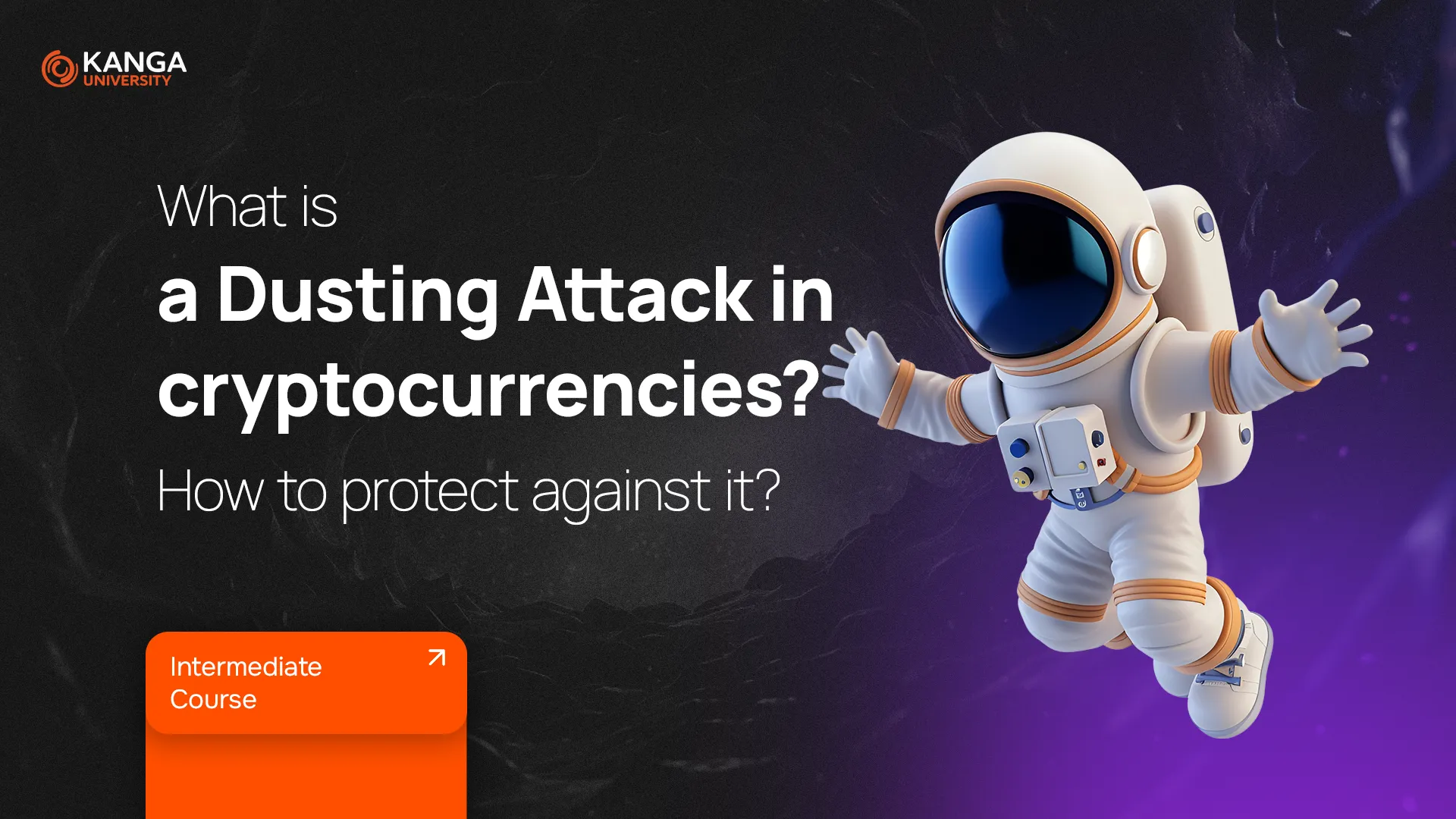
As the crypto world continues to evolve, so do the threats that come with it. One of the more subtle yet dangerous forms of cyberattacks is the dusting attack—a method that targets users’ privacy by using tiny, seemingly insignificant crypto transactions.
This lesson breaks down how a dusting attack works, why it’s a serious threat, and what you can do to protect yourself. Let’s dive in.
Dusting Attack – What Is It?
A dusting attack is a strategy used by cybercriminals to break the privacy of cryptocurrency users. It involves sending very small amounts of crypto (known as “dust”) to multiple wallet addresses.
At first glance, it may seem harmless. Why would someone send you a few cents worth of Bitcoin or another coin? But here’s the trick: these tiny transactions are actually designed to track and deanonymize you.
By monitoring what you do with that dust—especially if you unknowingly use it in future transactions—attackers can link multiple addresses and potentially figure out who controls them.
Once attackers have enough information, they can dig deeper into your transaction history, trace your spending habits, and even target you for phishing or other scams.
How Does a Dusting Attack Work?
Let’s break it down with an example:
- An attacker sends a very small amount of crypto to your wallet. In Bitcoin, this might be 546 satoshis (0.00000546 BTC).
- This microtransaction is public—anyone can view it on the blockchain.
- If you later use those funds in a transaction, the attacker can analyze which addresses are connected.
- With enough data, they can link your wallet to your online identity or activities.
Dusting attacks were first reported in 2018 when users of the Samourai Wallet were alerted to suspicious microtransactions. Since then, even large exchanges have seen attempts at this kind of attack.
How to Protect Yourself from Dusting Attacks
You don’t have to be a blockchain expert to protect your wallet. Here are practical tips you can use today:
- Check your wallet regularly
Keep an eye on your transactions and watch for unexpected small deposits. - Don’t touch the dust
Avoid spending or combining tiny, suspicious funds. Doing so could link your addresses. - Use HD wallets (Hierarchical Deterministic wallets)
These generate a new address for each transaction, making tracking much harder. - Convert dust if your platform allows it
Some exchanges let you swap dust for usable tokens safely. - Ignore unsolicited messages
Be wary of messages related to crypto deposits or accounts asking for personal info. These may be phishing attempts.
Why It Matters
Even small crypto transactions can have big privacy consequences. Dusting attacks don’t steal your money directly—but they do try to expose your identity, which opens the door to other threats.
In a world where privacy is one of crypto’s biggest promises, protecting it should be a priority.
Summary
Dusting attacks are a growing concern in the crypto space. They’re quiet, cheap to execute, and potentially dangerous. But with a bit of awareness and the right tools, you can defend yourself.
Don’t ignore those tiny transactions—they might be a hacker’s first step toward tracking you. Stay alert, stay secure.